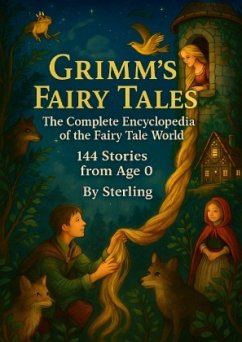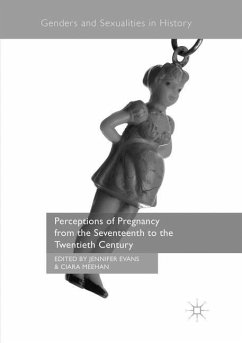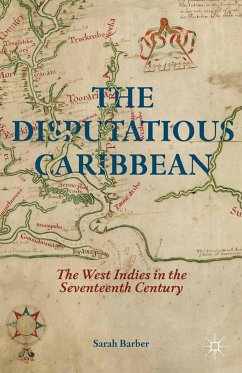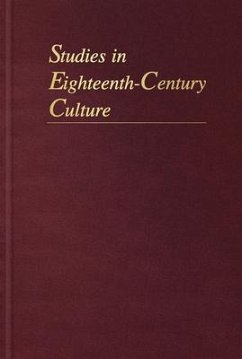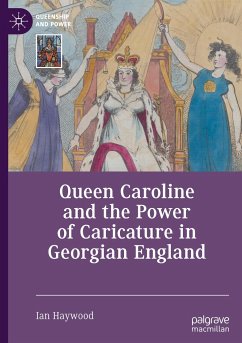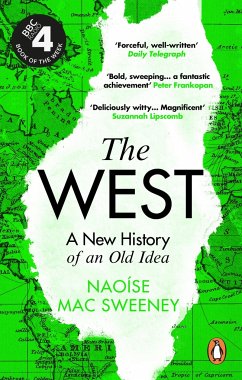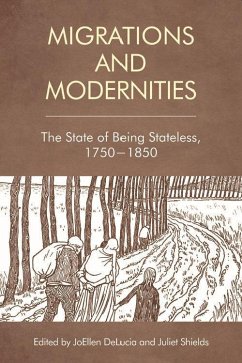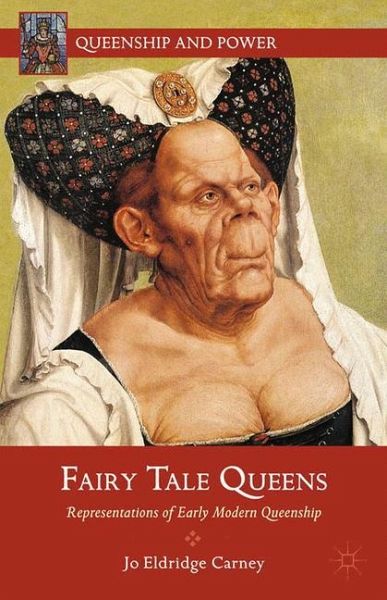
Fairy Tale Queens
Representations of Early Modern Queenship
Versandkostenfrei!
Versandfertig in 6-10 Tagen
38,99 €
inkl. MwSt.
Weitere Ausgaben:

PAYBACK Punkte
19 °P sammeln!
Most of today's familiar fairy tales come from the stories of Charles Perrault, the Brothers Grimm, and Hans Christian Andersen, but this innovative study encourages us to explore the marvelous tales of authors from the early modern period Giovanni Straparola, Giambattista Basile, Madame Marie-Catherine D'Aulnoy, and others whose works enrich and expand the canon. As author Jo Eldridge Carney shows, the queen is omnipresent in these stories, as much a hallmark of the genre as other familiar characteristics such as the number three, magical objects, and happy endings. That queens occupy such sp...
Most of today's familiar fairy tales come from the stories of Charles Perrault, the Brothers Grimm, and Hans Christian Andersen, but this innovative study encourages us to explore the marvelous tales of authors from the early modern period Giovanni Straparola, Giambattista Basile, Madame Marie-Catherine D'Aulnoy, and others whose works enrich and expand the canon. As author Jo Eldridge Carney shows, the queen is omnipresent in these stories, as much a hallmark of the genre as other familiar characteristics such as the number three, magical objects, and happy endings. That queens occupy such space in early modern tales is not surprising given the profound influence of so many powerful queens in the political landscapes of early modern England and Europe. Carney makes a powerful argument for the historical relevance of fairy tales and, by exploring the dynamic intersection between fictional and actual queens, shows how history and folk literature mutually enrich our understanding of the period.





